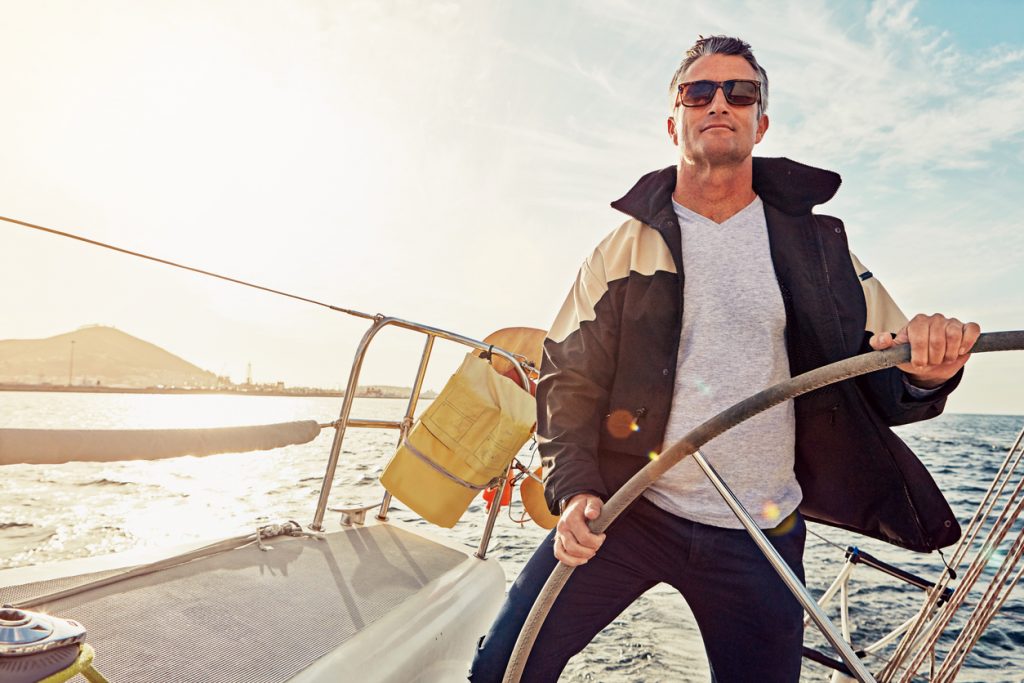Being out on the open water in a boat is a wonderful feeling, but it is also a responsibility. You must obey specific rules to keep everyone safe, just as you would in an automobile. First, protect your craft with quality OC boat insurance. However, there are also specifics about safe operation to understand. There are regulations that govern crossing paths with a variety of types of watercrafts. These rules, however, are logical and simple to remember once you are familiar with them. Whether on a river, in the ocean, or coming into a harbor, lower stress and help avoid collisions and accidents by knowing the right of way rules for boat owners.
What Determines Right of Way in Boating
The waters are filled with different conditions and types of vessels. The detail in each situation determines the right of way in boating, but four basic rules generally apply.
- When meeting another boat head-on, always change your course to starboard, or to the right.
- When crossing course with another boat, the vessel to starboard has the right of way, also called the stand-on vessel.
- Vessels using sails without engaging auxiliary power generally have the right of way.
- If you are overtaking another vessel, or coming up astern, you must keep clear and give that craft the right of way.
Always make your intentions very clear to the operators of other vessels, even if theirs are muddled. Make wide movements and slow down when you are unsure of what another vessel intends.
Remember also that it is your responsibility to avoid a collision, even if you are the stand-on vessel, or the one with the right of way. You can tell you are on a collision course with another boat if the bearing between your craft and the other boat is not changing.
Right of Way Between Specific Types of Vessels
In addition to basic regulations, right of way boating rules also governs special situations and a wide variety of more unusual types of crafts.
- Give way to vessels that cannot easily maneuver. Examples include fishing boats or boats unloading passengers.
- Give way to vessels with mechanical failures or steering problems.
- In addition to sailboats, powerboats also must give way to canoes, kayaks, and paddleboards.
- Always give emergency vessels and law-enforcement watercraft the right of way. Just as you would on land, you may hear sirens or see flashing blue lights.
You can download a copy of the U.S. Coast Guard’s boating rules. You need to stay alert when steering your boat. Even if you are an experienced captain, having another person help you keep watch is a good idea—and it makes the trip more fun, too.
About Mariners Insurance
Mariners General Insurance Group was founded in 1959 to protect boat owners and marine business clients. We are marine insurance experts and insure boats worldwide – in every ocean on the planet. Marine insurance is critical if you own a boat or nautical business. Trust the professionals with all of your Boat Insurance needs—trust Mariners Insurance. Call us at (888) 402-5018 any time you have questions or concerns about insurance for your vessel or marine business.



